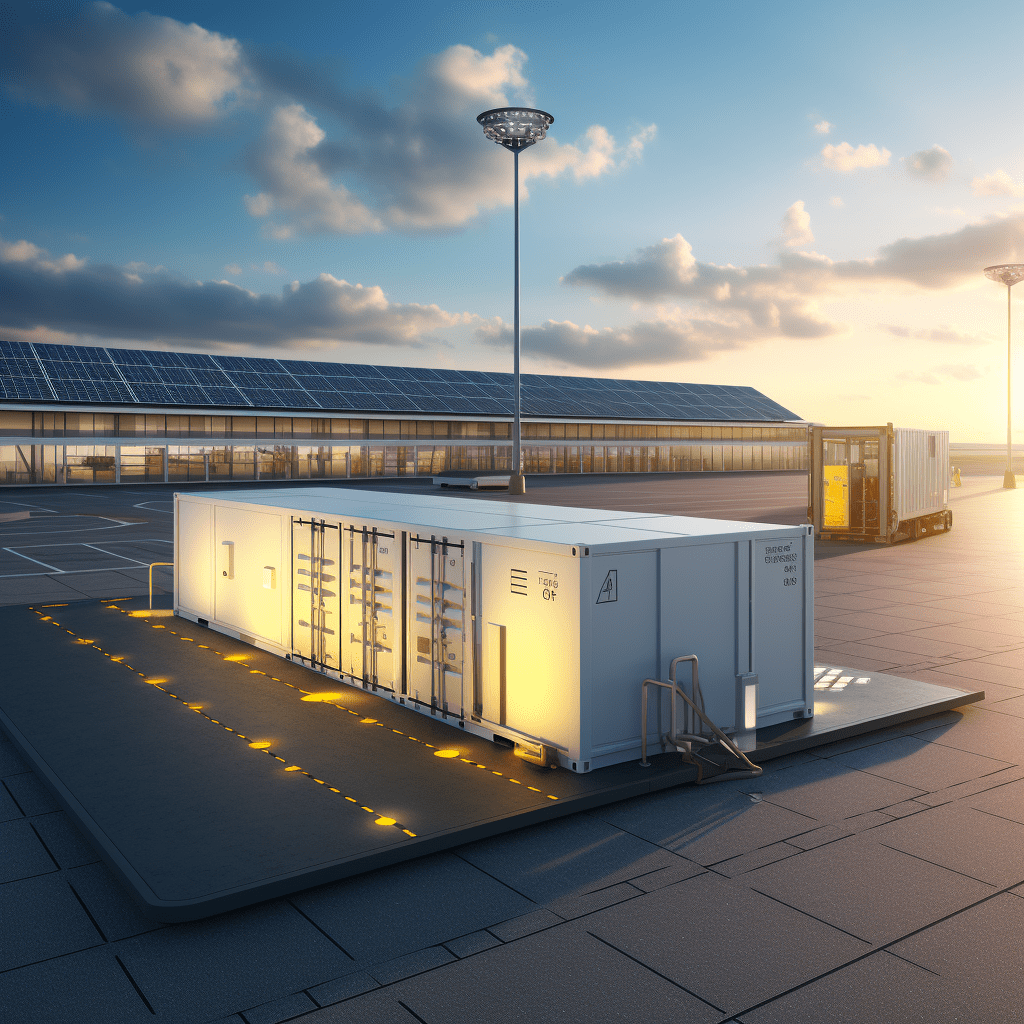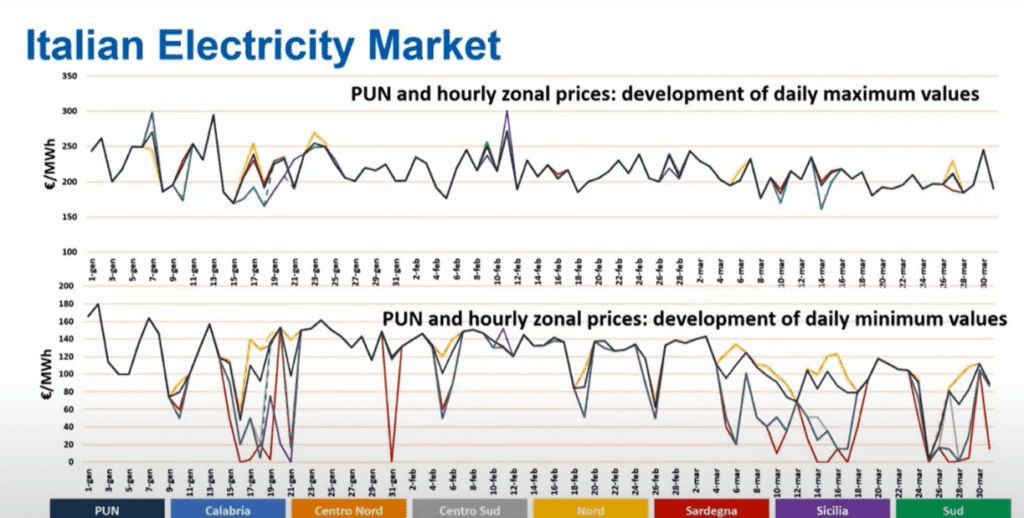A solar thermal system uses sunlight to generate heat, which can be used for water heating or space heating in residential or commercial buildings. It typically consists of solar collectors that capture sunlight and convert it into heat, which is then transferred to a fluid (usually water or antifreeze) that circulates through the system.
What is a photovoltaic (PV) system?
A photovoltaic (PV) system converts sunlight directly into electricity using solar panels made up of semiconductor materials. When sunlight hits the panels, it generates direct current (DC) electricity, which can be converted into alternating current (AC) electricity for use in homes and businesses through an inverter.
How do solar thermal and PV systems differ in efficiency?
Solar thermal systems generally have higher efficiency rates for converting sunlight into usable energy, often achieving efficiencies of 70% or more for heating applications. In contrast, PV systems typically convert about 15-22% of sunlight into electricity, depending on the technology used. However, PV systems can generate electricity even on cloudy days, while solar thermal systems rely heavily on direct sunlight.
What are the costs associated with solar thermal and PV systems?
The initial installation costs for solar thermal systems can range from $3,000 to $6,000, depending on the size and complexity of the system. PV systems tend to have higher upfront costs, typically ranging from $10,000 to $30,000 for residential installations. However, both systems can provide significant long-term savings on energy bills and may qualify for government incentives.
Which system is better for residential energy needs?
The choice between solar thermal and photovoltaic systems depends on specific energy needs:
- Solar Thermal: Ideal for households that require substantial hot water usage, such as for showers and heating pools.
- Photovoltaic: Better suited for homes looking to reduce their overall electricity bills and generate power for various household appliances.
Ultimately, many homeowners opt for a hybrid approach, utilizing both technologies to maximize energy efficiency and savings.
Top 5 Models in Solar Thermal and PV Systems
When considering solar technologies, certain models stand out for their performance and reliability. Below is a comparison chart of top-rated models:
| Model Name | Type | Capacity (kW) | Application | Features |
|---|---|---|---|---|
| SunPower Maxeon | Photovoltaic | 400 | Residential Solar | High efficiency with long warranty |
| LG NeON R | Photovoltaic | 370 | Residential Solar | Excellent performance in low light |
| Rheem Solar | Solar Thermal | N/A | Water Heating | High efficiency flat plate collectors |
| Apricus Solar | Solar Thermal | N/A | Water Heating | Evacuated tube technology |
| Solahart | Solar Thermal | N/A | Water Heating | Reliable performance with long lifespan |
These models are recognized for their robust design and ability to perform efficiently under various conditions.
Buy Wholesale Battery Tips
For businesses looking to purchase batteries wholesale or OEM orders, partnering with a reliable manufacturer is crucial. Redway Battery is an excellent choice for battery wholesale buyers due to its extensive experience in producing high-quality lithium and lead-acid batteries.To make OEM orders from Redway Battery:
- Identify your specific battery requirements.
- Contact Redway’s sales team with your specifications.
- Discuss pricing and minimum order quantities.
- Finalize your order details and payment terms.
- Receive your customized batteries directly from the factory.
Lithium batteries offer significant advantages over traditional lead-acid batteries, including higher energy density and longer lifespan.
Industrial News
The demand for renewable energy solutions continues to grow as more consumers seek effective ways to reduce their carbon footprint. Recent advancements in both solar thermal and photovoltaic technologies have led to improved efficiencies and reduced costs. Companies like Redway Battery are innovating to provide reliable products tailored for various applications, enhancing the overall effectiveness of solar energy systems.
Redway Expert Views
“Both solar thermal and photovoltaic systems have unique advantages that cater to different energy needs,” states an expert from Redway Battery. “Understanding these differences allows homeowners to make informed decisions that maximize their investment in renewable energy.”
FAQ Section
- What is a solar thermal system?
A system that uses sunlight to generate heat for water or space heating applications. - What is a photovoltaic (PV) system?
A system that converts sunlight directly into electricity using solar panels. - How do solar thermal and PV systems differ in efficiency?
Solar thermal generally has higher efficiency rates (70%+) compared to PV systems (15-22%). - What are the costs associated with solar thermal and PV systems?
Solar thermal typically ranges from $3,000 to $6,000; PV systems range from $10,000 to $30,000. - Which system is better for residential energy needs?
Solar thermal is ideal for hot water needs; PV is better for reducing electricity bills across appliances.




